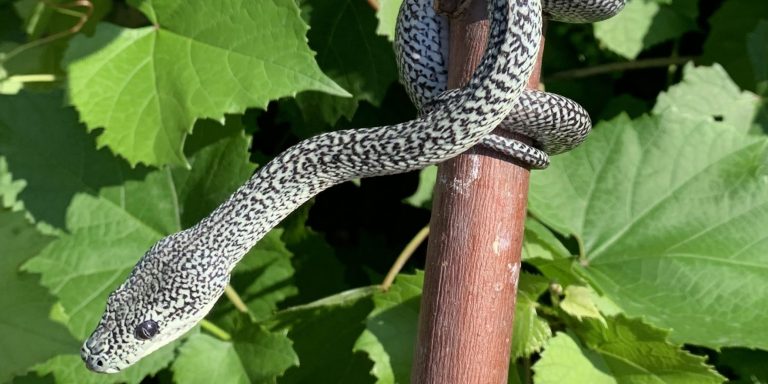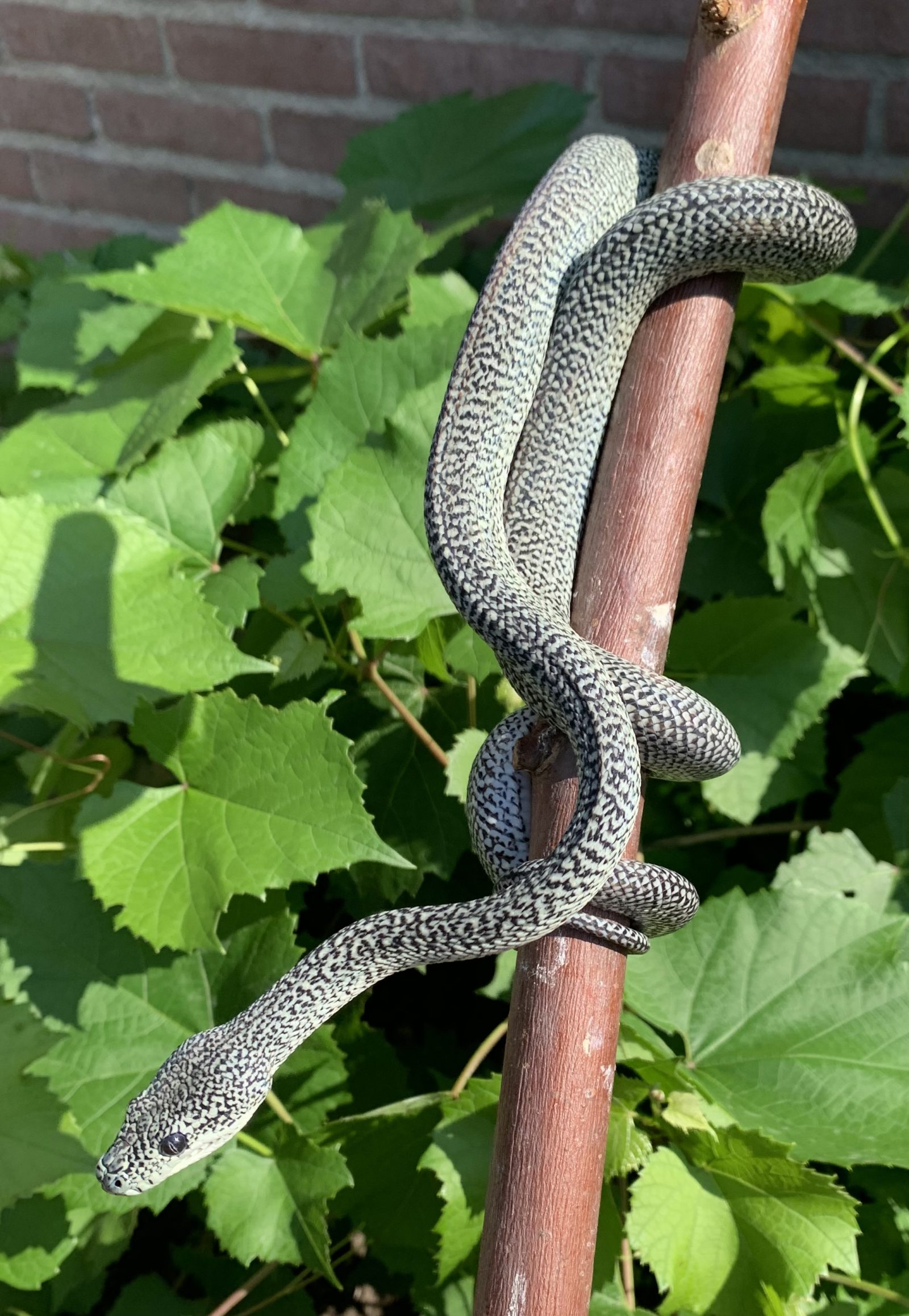Morelia spilota English name: Carpet python

Caresheet
Caresheet
North America
It’s a non venomous snake.
Average size around 150 cm.
The Pantherophis don’t falls under CITES II, to own this snake you don’t need Cites paper.
A good base size vivarium for an adult is 100 x 45 x 45 cm, allowing for a good heat gradient and climbing opportunities. Substrate:
A good quality, soil mix would be preferable for this species allowing for high water retention and digging opportunities. Crestie life, forest floor and arcadia earthmix to name a few. Leaf litter will also help maintain the higher humidity these animals require. Branches and “high hides” should also be utilised as the semi arboreal snail eater will feel as comfortable in the branches as on the ground.
As with all reptiles, snail eaters are exothermic getting all their metabolic heat from external sources. UV lighting will not be beneficial for this species, but a photoperiod should be maintained so the snake recognises day from night.
Listed below are the ideal temperatures that you will need to replicate for your snail eating snake:
Hot spot: 24 -30°C
Cool end: 20 – 24 °C
Night temperatures: 21°C
Between 40 and 60%
Baby’s and yearlings till 2 years feed once a week. Start with 2 gsm baby mouse. Adult animals will get an prey item once 2 weeks. Females get after birth once a week a prey item.
Eggs incubation temp 26-29C
To know the gender of your animals you could pop or probe your snakes. But it should be done by someone experience.
It’s almost the same as the adult snakes but smaller enclosure and smaller food.
-
Morelia spilota 1


